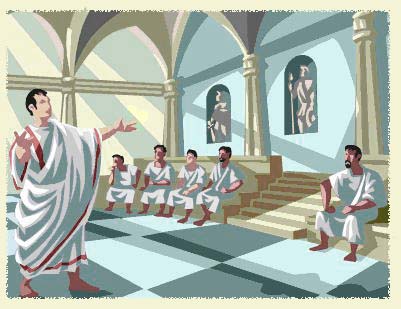
 |
|
|
|
“... the nasty fact is that our winner-take-all election system, adopted from 18th century England, has the potential to leave up to 49.9% of the voters in any district feeling unrepresented -- whatever their race or ethnicity.” USA Today editorial, 6/30/95 "The system of proportional representation ensures that virtually every constituency in the country will have a hearing in the national and provincial legislatures." Bishop Desmond Tutu, The Rainbow People of God, 1994 "The case for [P.R.] is fundamentally the same as that for representative democracy. Only if an assembly represents the full diversity of opinion within a nation can its decisions be regarded as the decisions of the nation itself." Encyclopaedia Britannica “Geography has, however, become less relevant to political identity, despite the role of federal political structures in sustaining differences based on it. It was largely supplanted early in the century by the strong party identification that became characteristic of Australian politics.” Marian Sawer, Dilemmas of Representation, Australian National University "Because of our peculiar electoral law, the American government is divided between two parties. The American people are not." Michael Lind, Atlantic Monthly, August, 1992 |
|
In both the 1998 and 2001 Australian federal elections for the more influential House of Representatives, the majority of voters ended up with a representative who was not their first choice on the ballot paper. In a country that prides itself on being a democracy, the average voter was not represented by the candidate he or she specifically wanted. Countries with similar Single Member Voting (S.M.V.) systems such as the United States, Canada, India and Great Britain experience situations of political representation that are not that different. Before electoral reform, New Zealand elected governments with a First-Past-the-Post (FPP) system whereby the party winning the most votes, even if fewer than a majority, usually won government. Between 1945 and 1993 there was only one election where the winning party actually won a majority of votes. If that were not bad enough, in both the 1978 and 1981 elections the Labour Party won more votes than the alternative, the National Party, but because of the gerrymander effect inherent in SMV voting, still lost. Voting turnout is significantly higher in democracies which practice proportional representation, for the very simple reason that citizens have a greater motivation to be involved in the decision making process when their choice can be from more than just two viable alternatives. The dichotomy of what is often described as the “dweedle dee, dweedle dum” option of either the government or the official opposition, leads many to believe that voting will unfortunately solve little. |
 |
|||
What Proportional Representation isProportional representation is a voting system whereby successful parties gain seats in a country’s legislature (Congress, Parliament, Bundestag, Knesset, Diet, Chamber of Deputies, etcetera) in direct proportion to the number of votes they accrue at an election. -- One might ask how it could be any other way. |
|||
Why must the criterion of representation be fixed?Throughout the world there are two basic types of electoral systems practiced by democracies: geographical criterion representation and indeterminate criterion representation. Geographical Criterion Representation (a.k.a. single member, pluralist, first-past-the-post, or majoritarian voting)
Indeterminate Criterion Representation (a.k.a. proportional representation)
The perennial problems associated with geographical criterion representation is that, with regards to political decision making, it is taken for granted that voters should be defined by where they live. There is the assumption that a person only looks at the important issues of the day from the perspective of someone who lives in his geographical area. We are asked to believe that a person walking into a polling booth will ask : “Which of the candidates on offer is going to be the greater benefit to the residents of my area of town?” Is it not possible that he might be more concerned about those of his own economic status, religion, profession or beliefs and values? |
|
|
||||||||||||||||||||||||||||||||||||||||||||||||||||||||||||||||||||||||||